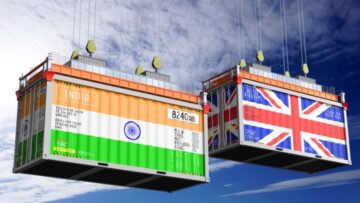
The market for synthetic yarn is anticipated to begin an increasing consumption trend over the next ten years, driven by the growing demand for synthetic yarn in the Asia-Pacific region. By the end of 2035, the market volume is expected to have grown to 3.4 million tonnes, with a projected compound annual growth rate (CAGR) of +1.1% for the 2024–2035 period.
In terms of value, the market is expected to grow at a projected compound annual growth rate (CAGR) of +1.3% between 2024 and 2035. By the end of 2035, the market is expected to be worth US $ 11.4 billion (at nominal wholesale prices).
After two years of increase, the consumption of yarn made from synthetic or artificial staple fibres fell by -2.4% to 3 million tonnes in 2024, marking the fourth consecutive year of declines. In 2024, Asia-Pacific’s synthetic yarn industry brought in US $ 9.9 billion, a -4.4% decrease from the year before. Consumption generally showed a noticeable decline. Consequently, consumption peaked at US $ 18.2 billion.
With 1.2 million tonnes, or almost 40% of the total amount, Vietnam continues to be the Asia-Pacific region’s top consumer of synthetic yarn. Furthermore, Vietnam’s usage of synthetic yarn doubled that of India, the country’s second-largest consumer (603,000 tonnes). With a 17% share, China came in third place in terms of overall consumption (522,000 tonnes).
Vietnam (US $ 4 billion) was the market leader for synthetic yarn consumptionin terms of value. India (US $ 2 billion) entered the ranking in second place.
With a combined 86% share of total production in 2024, China (1.4 million tonnes), Vietnam (1.3 million tonnes), and India (690,000 tonnes) were the highest synthetic fibre producers.
The top importers of yarn made of synthetic or artificial staple fibres in 2024 were Bangladesh (180,000 tonnes), India (120,000 tonnes), South Korea (73,000 tonnes), and Vietnam (68,000 tonnes), which together accounted for 72% of all imports. A small portion of the overall imports came from China (19,000 tonnes), Thailand (19,000 tonnes), Indonesia (18,000 tonnes), Cambodia (15,000 tonnes), Japan (26,000 tonnes), and Pakistan (14,000 tonnes).
Bangladesh (US $ 682 million), which accounts for 33% of all imports, is Asia-Pacific’s largest market for imported yarn made of synthetic or artificial staple fibres. After accounting for 12% of all imports, India came in second place with US $ 259 million. Vietnam, with a 12% share, came next.
With 849,000 tonnes of exports, or over 59% of total shipments in 2024, China was the largest exporter of yarn made from synthetic or artificial staple fibres in the Asia-Pacific region. Second in the rankings were Vietnam (134,000 tonnes), Indonesia (138,000 tonnes), and India (208,000 tonnes). Together, these nations accounted for about 33% of all exports. Each of the following exporters achieved a 6.4% percentage of total exports: Nepal (45,000 tonnes) and Thailand (48,000 tonnes).






